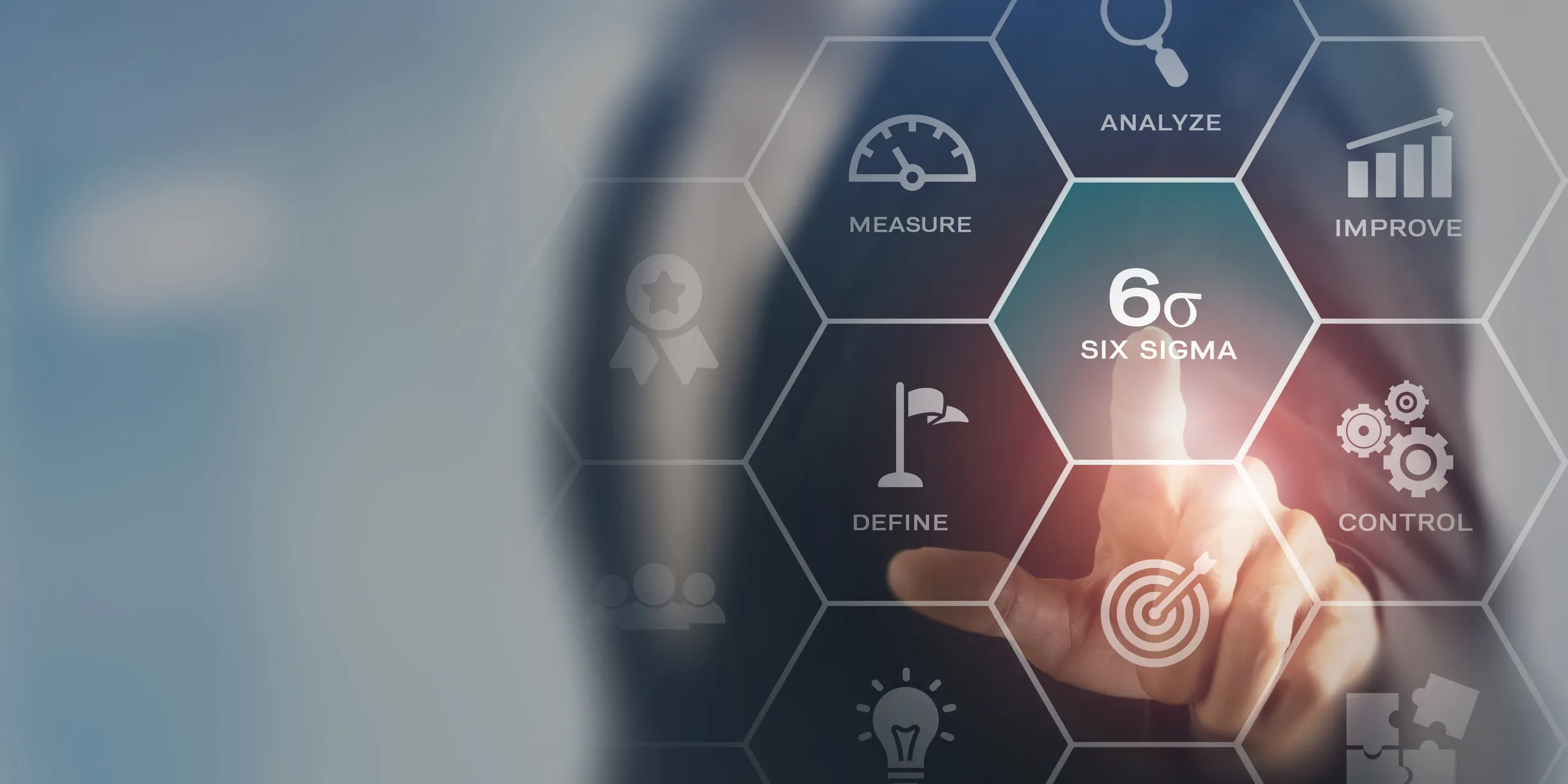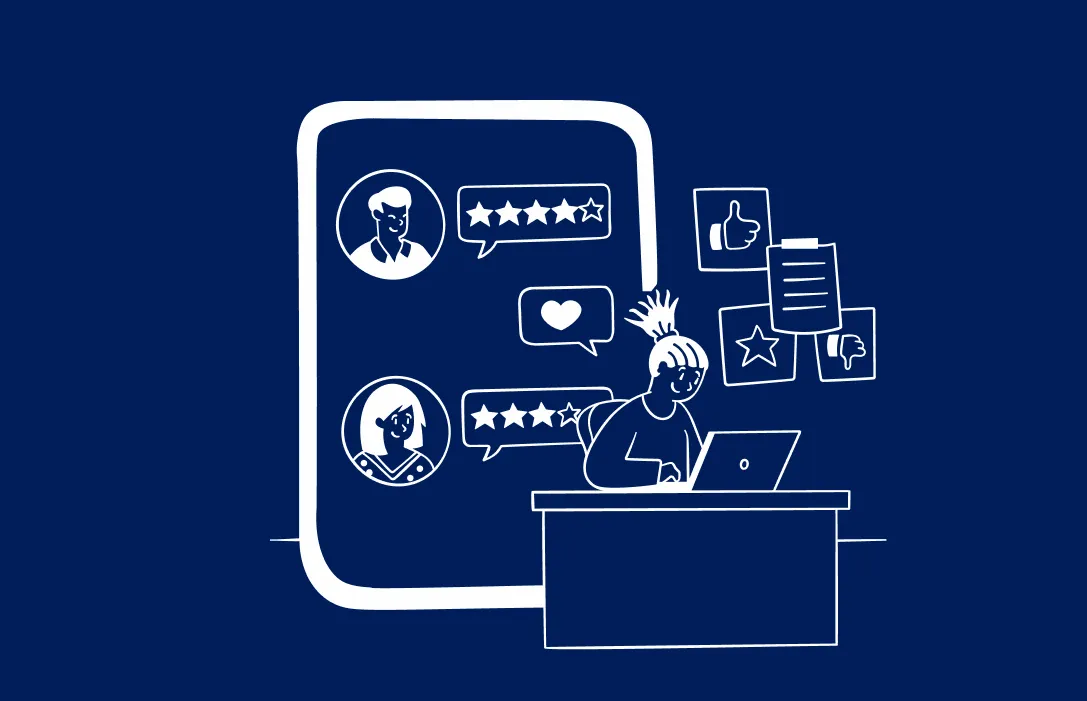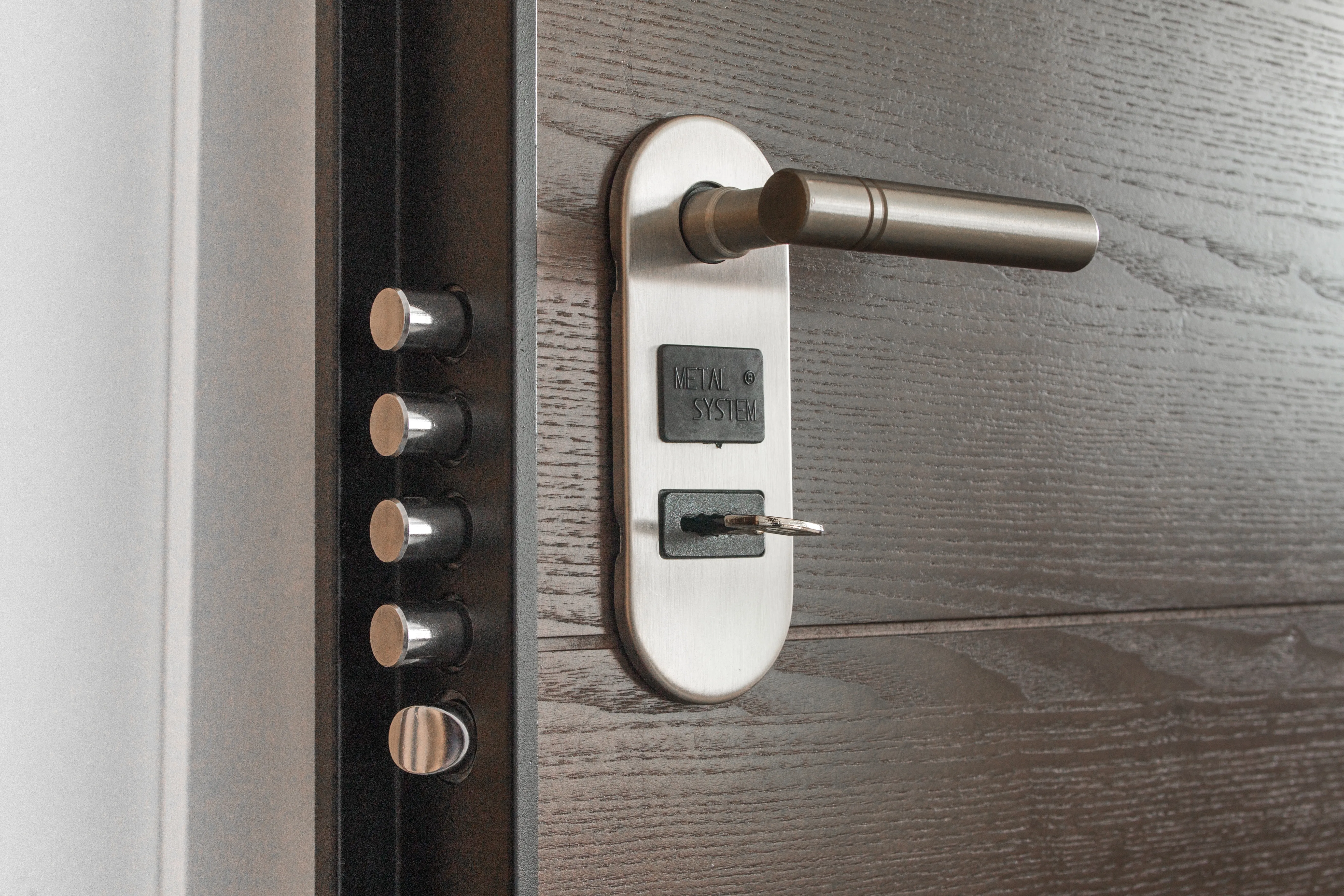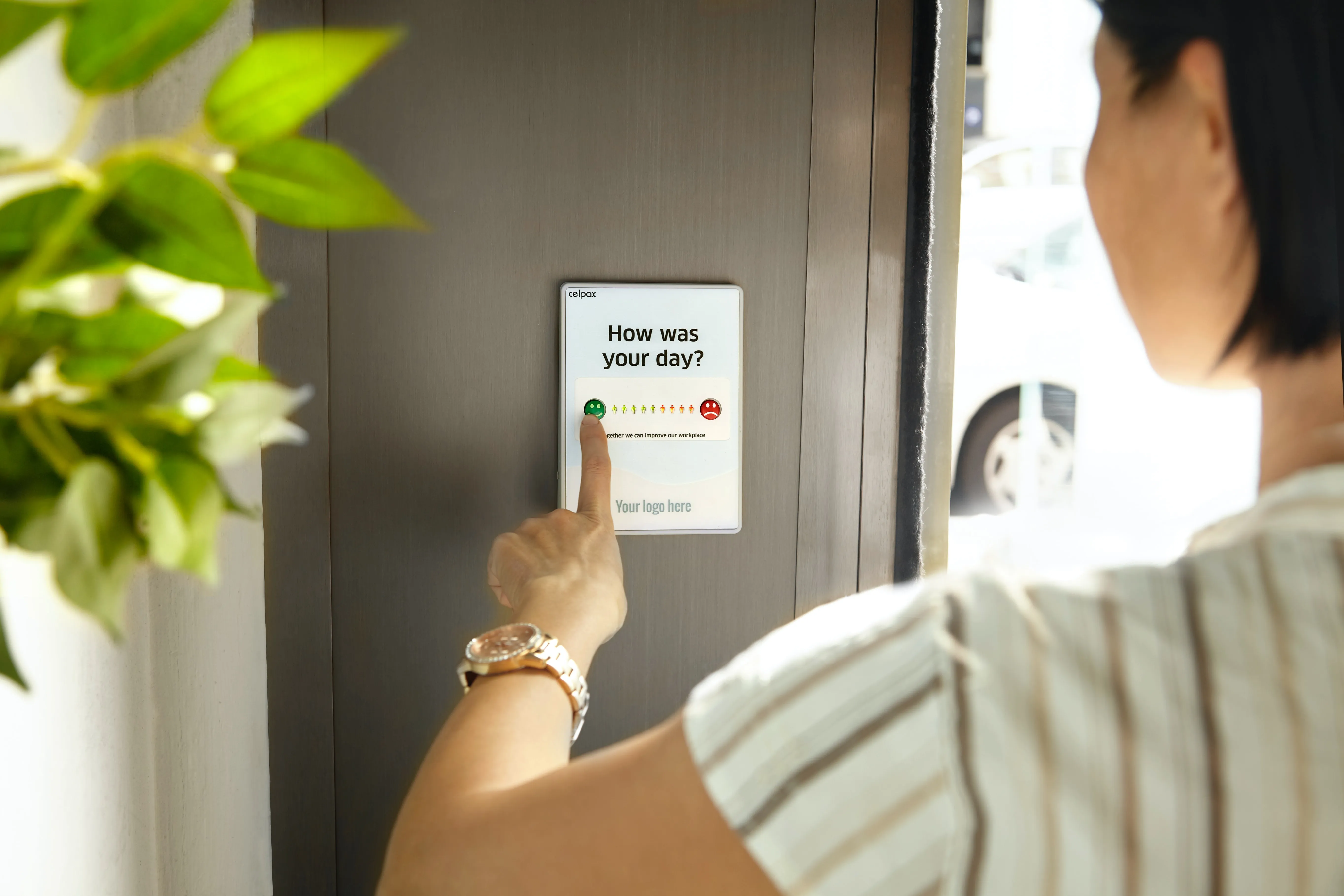2020 was a wild year for eCommerce.
To keep up with increasing customer expectations, CX leaders are investing more in agent performance and the agent experience than ever before.
While your team is planning your customer service training and onboarding strategy for the year, we thought we’d put together this research report to help inform which skills and where you should be investing those training dollars this year.
We dug into the data to figure out which customer service skills drive real results, examining over 265,000 interactions from 80+ top eCommerce brands (and their scorecards) in the process.
The full version is here in our latest eCommerce industry report, but keep reading for the recap!
Our Methodology
Before we dive into the data, we wanted to explain how we arrived at these conclusions. From our dataset of 265,000 customer interactions, we examined how an agent’s performance in a skill (as determined by their QA program) correlated with that ticket’s CSAT score.
Correlation is a tricky thing to interpret. First of, it is NOT causation. That is to say, investing in a strongly correlated skill will not always give you an improvement in CSAT. Other factors are also at play here.
Positive correlation coefficients (the numbers on the Y-axis of the chart) mean that those two factors will increase in the same direction, while a negative correlation coefficient means that as one variable increases, the other decreases.
Which Customer Service Skills Correlate With CSAT?
To start, we wanted to see which skills had the strongest correlation with CSAT scores.
The three biggest soft skills that impacted CSAT are authenticity, a friendly tone, and empathy. On a more obvious note, using a negative tone or calling the customer by the wrong name were both negatively correlated with CSAT. Rapport + personalization had a minimal correlation with CSAT.

We have some ideas on why the data broke down this way.
Our hypothesis: rapport-building and personalization can easily feel fake. Our bet is that they only work if they feel authentic - if they don’t, consumers can see straight through them - which also explains why authenticity took a top spot.
Similarly, your customers are reaching out at a time when they’re frustrated, annoyed, or angry with your business - it makes sense that they want to interact with people who understand what they’re going through, are going to work to make it right, and do so with a positive tone. This explains why empathy and a friendly tone round out the top three.
Knowing that empathy, authenticity, and a friendly tone are high priority is step one. Step two: integrating these values into your day-to-day. The best CX teams find creative and interesting ways to weave these soft skills into their QA programs (and the customer experience).
How to teach empathy, authenticity, and a friendly tone to your agents
Before you can jump into teaching these soft skills to your agents, you have to create clear definitions that cement what they mean for your organization.
For example, a friendly tone can mean different things to different people based on their personality, life experiences, and more. Add in the layer of your brand to that equation, and all of a sudden “friendly tone” can mean something entirely different (MeUndies has a highly specific brand voice they encourage agents to use).
Defining these values can be tricky, but it’s worth it. Clear definitions means that everyone on your team can align on exactly what’s expected - be it an agent, a QA manager, or your VP of CX.
Set customer interaction standards that weave in key values + add questions to your QA scorecard that ask about them
Once your team is aware that empathy, authenticity, and a friendly tone need to be at the forefront of interactions, you can provide specific guidance and training to agents on exactly how to do those things.
The process is different for every company, but you can start by examining your macros or call scripts to see if there are opportunities for improvement.
One other way to approach: start from scratch and ask yourself what the best possible customer interaction looks like for a particular type of inquiry. From there, build out a script and how you’d want an agent to respond. If there are elements of your ideal response that can be infused into your old scripts, do that! Or - if you want to replace your scripts entirely - you’ve now got the blueprint.
Once you’ve set your new standards, make sure to weave in questions to your QA scorecard that specifically evaluate whether or not agents are meeting the new expectations. This not only holds them accountable, but can also help uncover areas for continuous training + upleveling for your team.
Continuously train agents on empathy, authenticity, and a friendly tone
Now that you’re QA’ing on empathy, authenticity, and tone, you can see where the gaps are in an individual agent’s performance, team-wide training gaps, and more.
You can infuse these insights into your existing 1:1s or training sessions, or you can explore new ways to relay feedback.
Mailchimp used a monthly Quality Newsletter to share a QA Tip of the Month that was informed by trends they were seeing in their QA data. They also put a fun spin on it, and used the newsletter to announce the month’s top agent and team. The newsletter not only communicated vital info about how to provide amazing customer experiences, but it also boosted team morale.
Customer Service Skills By Channel: Phone vs Email vs Chat
After figuring out which soft skills correlated the most with CSAT, we wanted to see if the channel had an impact on which soft skills were most important (or if they changed at all).
We grouped the data slightly differently, examining whether or not empathy, etiquette, and accuracy of interactions had a stronger correlation with CSAT if an interaction happened via phone, email, or chat.

Overwhelmingly, all three attributes were more important over the phone than with any other channel 📞
In particular, empathy and etiquette had relatively strong correlations with CSAT when it came to phone calls, but much weaker correlations when it came to chat or email conversations. Accuracy had fairly similar correlations by channel. This makes sense - no matter how customers are reaching out, they want to be sure that their issue is being handled correctly.
So...what’s the deal with empathy & etiquette on the phone?
Unlike email and chat, phone calls are incredibly personal. You’re not just interacting with a text bubble on a screen or yet another email in your inbox - you’re actually speaking with someone and can perceive their tone of voice, word choice, and other soft skills. It’s way easier to hear if a call center agent truly feels empathetic to a customer’s struggle than to read between the lines in text...which makes empathy and etiquette all the more important.
Our friends at Dialpad have a lot of advice on how to best equip agents to interact with customers over the phone. They recommend:
- Training call center agents to listen empathically - meaning you listen to the customer actively, process what’s happened to them (and imagine how you’d feel in their shoes!), and acknowledge their situation authentically
- Reducing reliance on scripts and letting agents uniquely and authentically interact with each customer
- Empowering agents to actually help customers by
- Investing in their expertise
- Eliminating dead ends in the customer journey
- Always allowing agents to escalate issues to a supervisor
Yet again - empathy & authenticity are key.
Customer Service Soft Skills: The Key to CX Success
At the end of the day, no matter how you interact with customers, the data shows that you need to make customers feel like you truly care about their specific situation….even if they’re the thousandth person your team has spoken to that day.
Empathy and authenticity lead the way as the top soft skills that eCommerce agents need to have. The support teams that level up with these skills now will be the ones that continue to ride the eCommerce wave into the next few years.









.webp)






-p-500.webp)
.webp)
.webp)
%2520(1).webp)
.webp)
%2520(1)-p-800.webp)
.webp)
.webp)
.webp)
%2520(1).webp)
%2520(1).webp)
%2520(1).webp)
%2520(1).webp)
%2520(1).webp)
%2520(1).webp)
.webp)
.webp)
%2520(1).webp)

.webp)


.webp)

.webp)
.webp)
.webp)


.webp)
.webp)
.webp)

.webp)
.webp)

.webp)



.webp)
.webp)
.webp)

.webp)
.webp)



.webp)
.webp)
.webp)
.jpeg)
.webp)



.webp)
.webp)
.webp)
.webp)


.webp)


.webp)
.webp)

.webp)




.webp)
.webp)

.webp)
.webp)


.webp)
.webp)

.webp)


